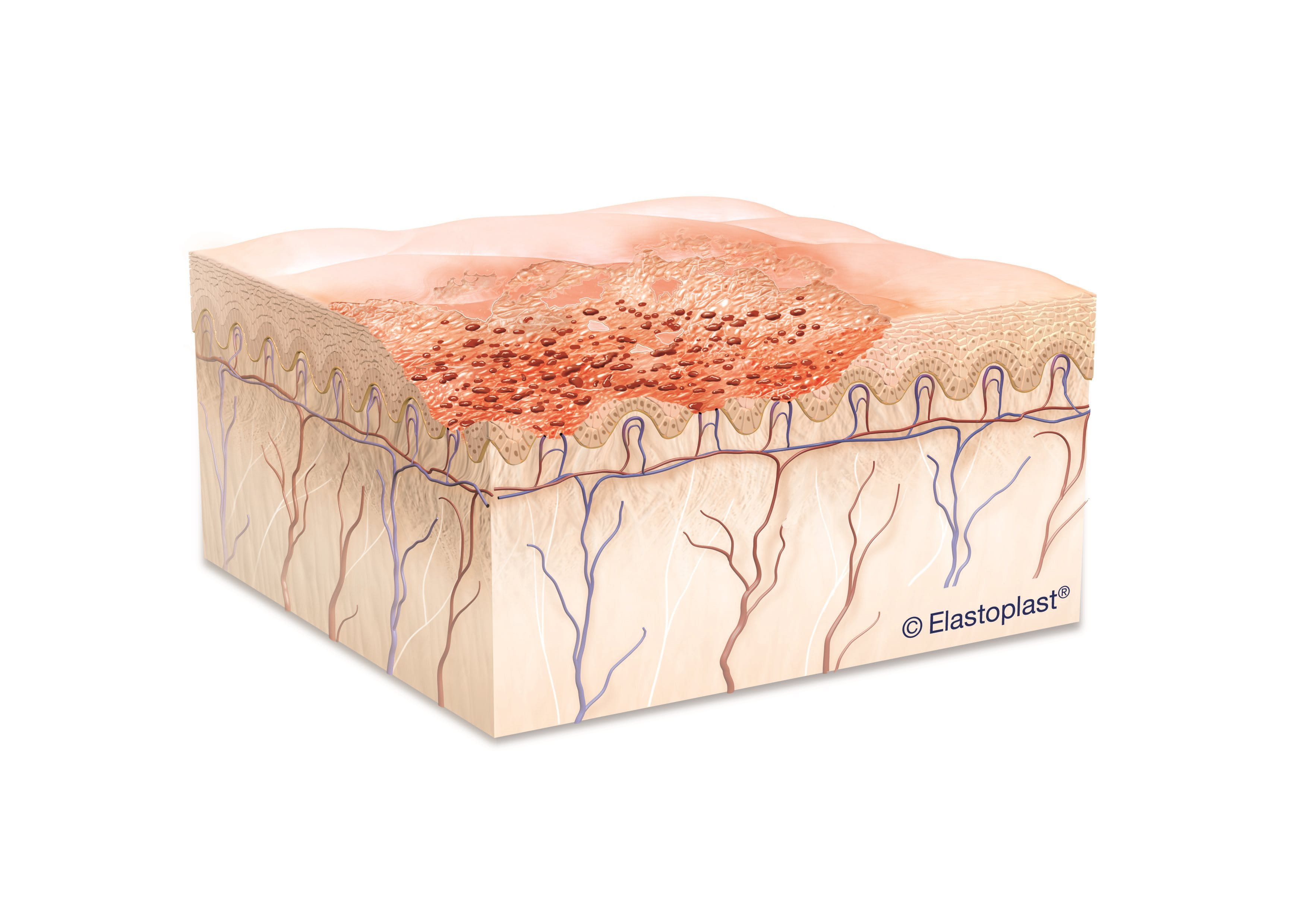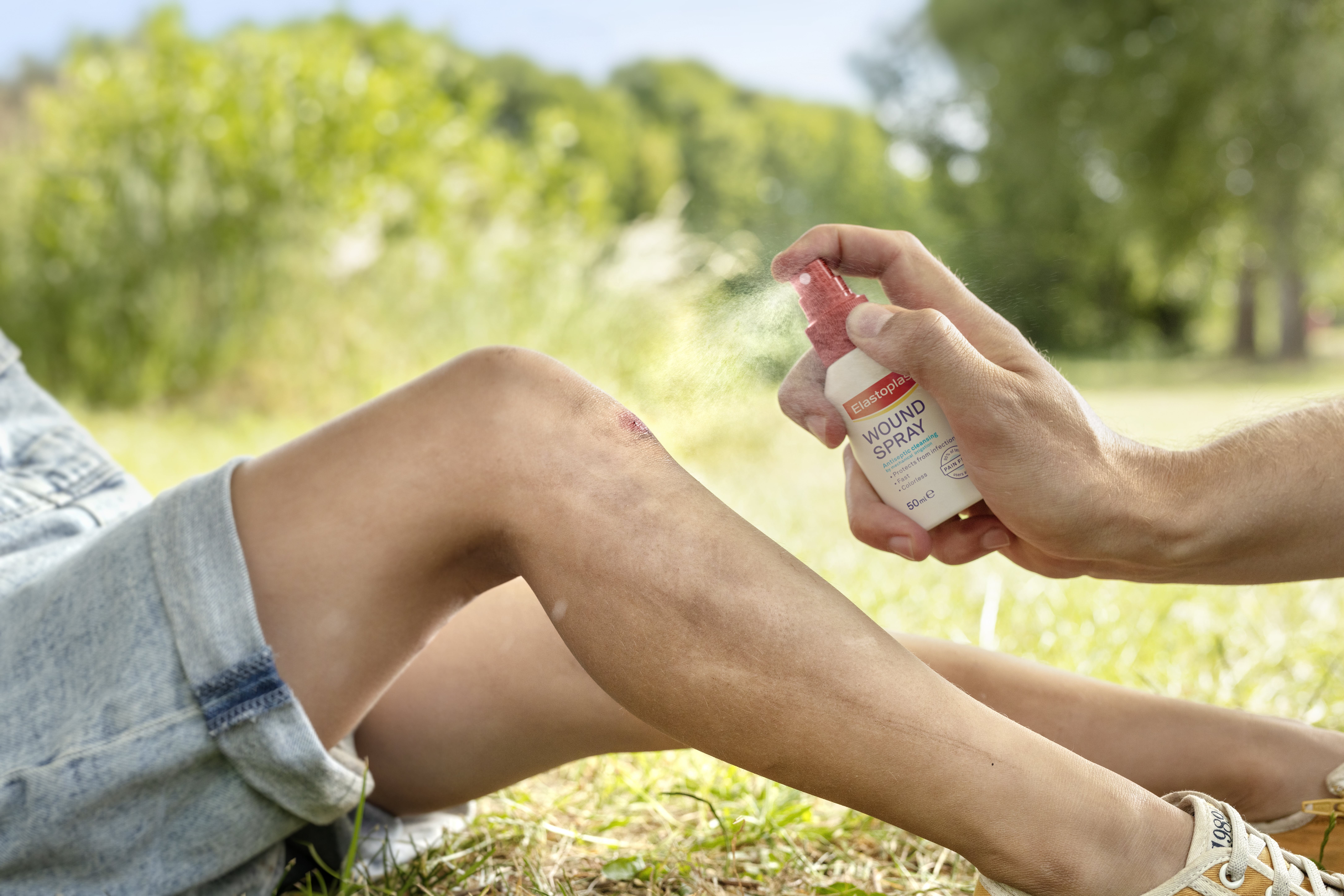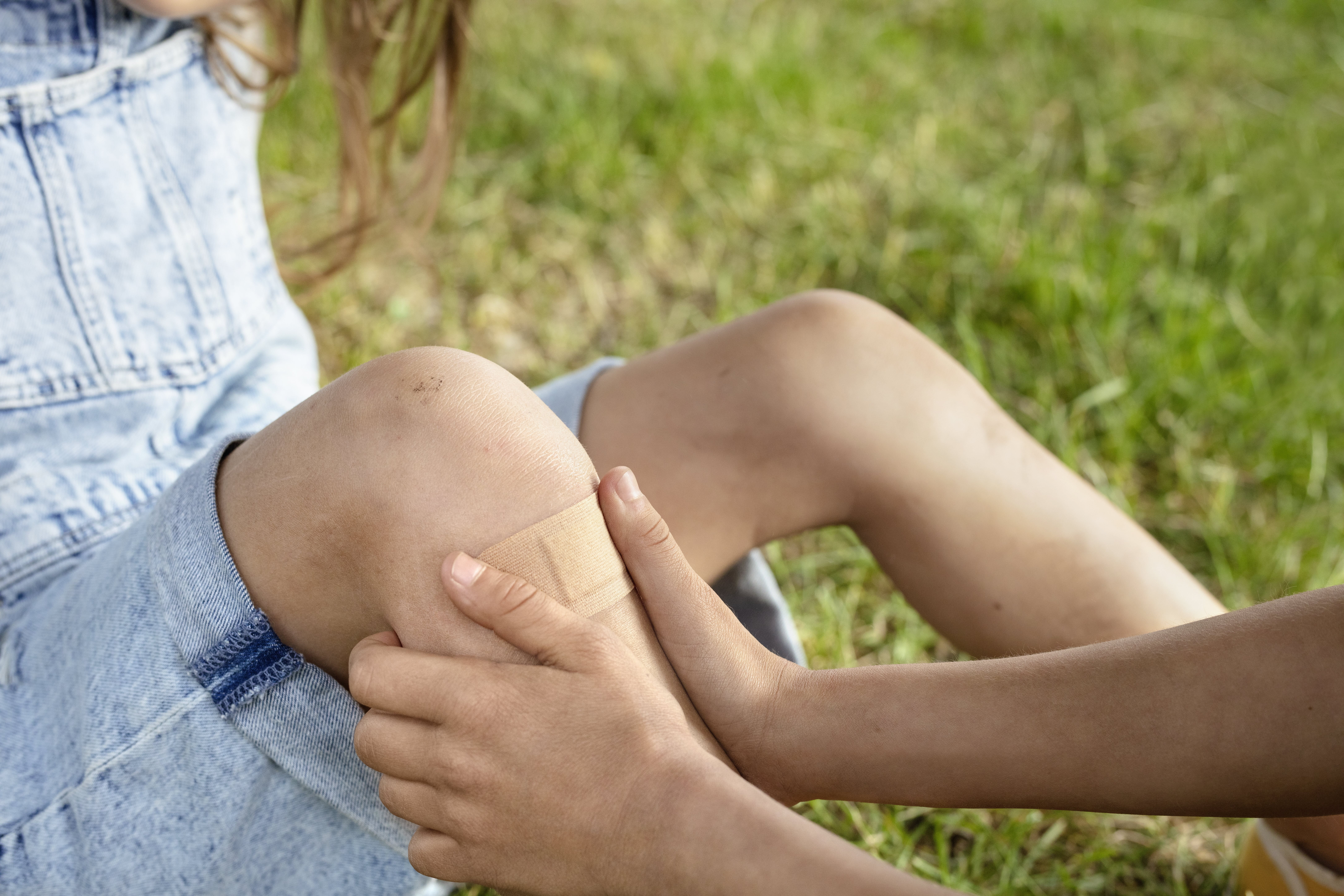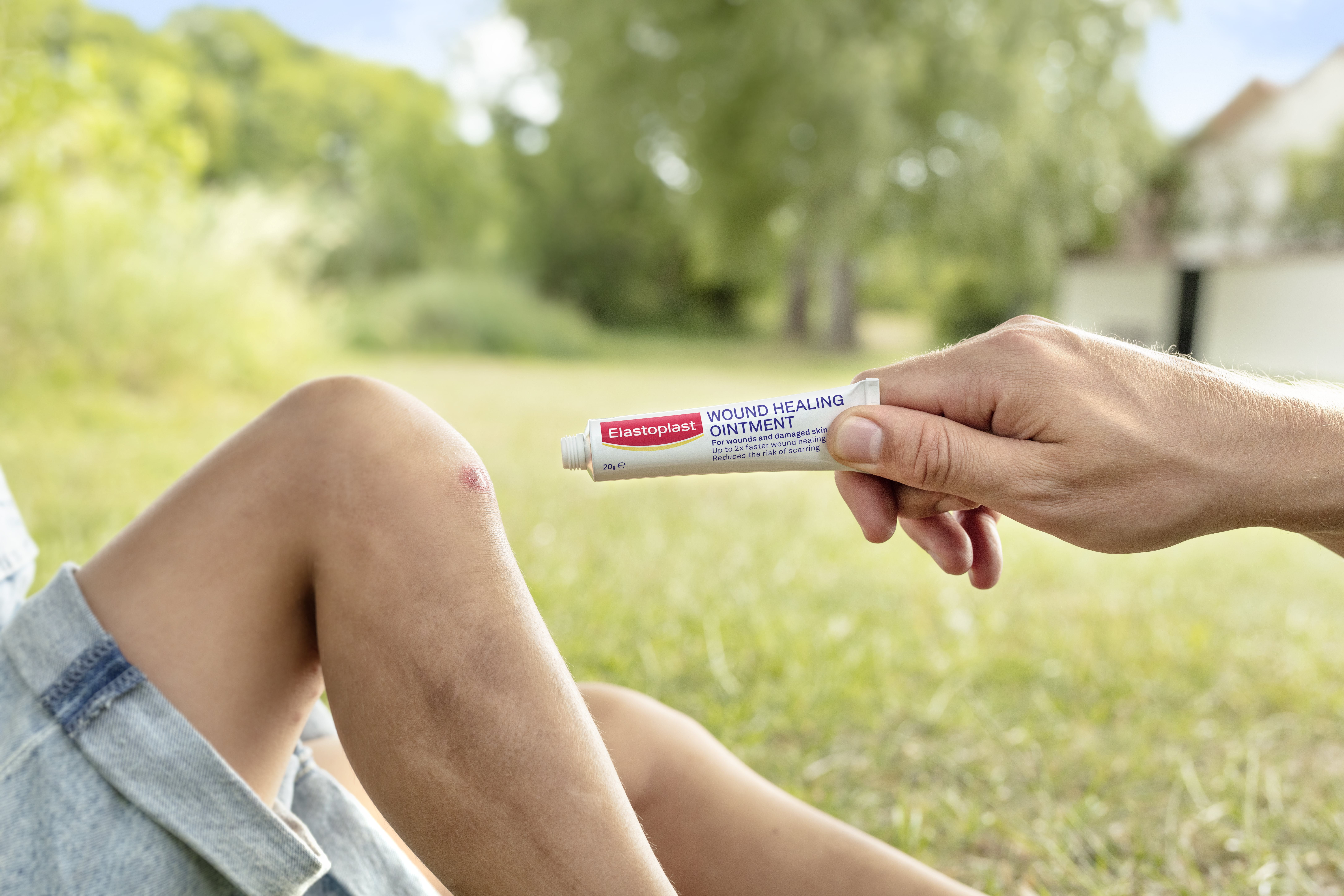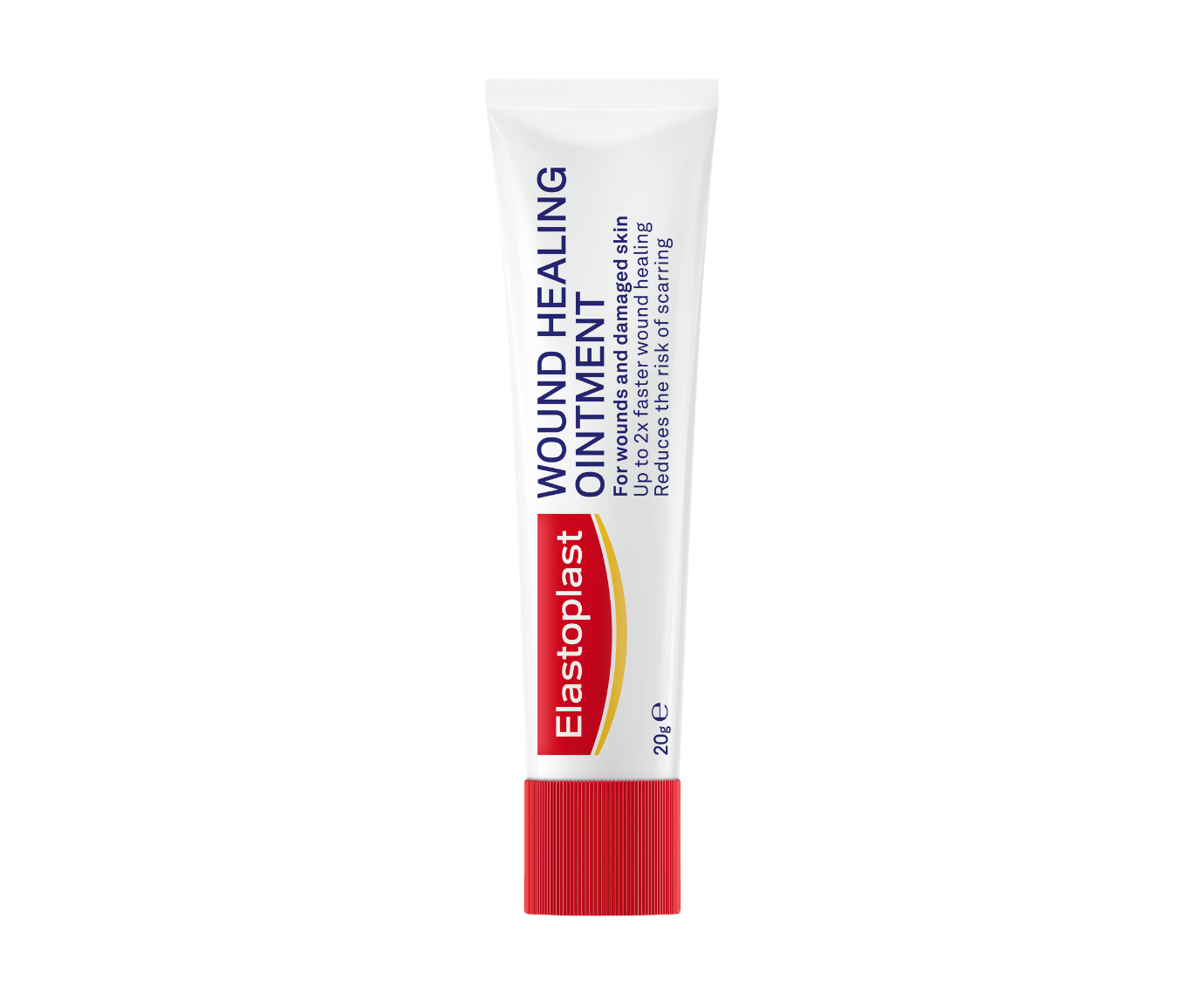ISN'T IT BETTER TO LET SMALL WOUNDS DRY IN THE OPEN AIR RATHER THAN PUTTING ON A PLASTER?
No. It is a wound care myth that keeping minor cuts and grazes uncovered helps them to heal faster. The opposite is true. Research shows that covered wounds heal more efficiently and with a reduced risk of infection. Elastoplast products provide safe protection until the wound is completely healed. Learn more about Wound Healing and Elastoplast silver technology.
WHEN SHOULD I SEE A DOCTOR?
Minor wounds should start to heal within a few days, but we recommend you contact a medical professional if:
- The wound is deep and causes major bleeding
- The wound shows signs of an infected cut such as redness, warmth, pain and swelling
- There are foreign objects embedded in the wound, like a splinter of wood or glass
- The wound is longer than 2cm or more than 6mm deep
- In the case of an animal or human bite or contact with animal blood
- The wound is in the area of the face
- A tetanus vaccination may be needed
- At any time you have questions or are uncertain
WHEN SHOULD I GO TO A&E?
Visit your nearest accident and emergency department as soon as possible if:
- The bleeding doesn't stop.
- The bleeding is coming from an artery (blood will be spurting from the wound)
- You have a severe cut on your face
- The cut is located over a joint (e.g. knee, wrist or knuckle)
- You're experiencing loss of sensation around the wound
- The wound is gaping apart - this may require stitches
I’M CONCERNED I HAVE AN INFECTED CUT
Cuts normally heal within a few days, but you should contact a medical professional as soon as you recognise signs of an infected cut or graze. When germs enter the sensitive tissues under our skin, this can cause an infected cut.
Symptoms may include not only pus, but also swelling, redness, heat, pain, itching or burning. You may also feel generally unwell, and have a high temperature of 38C or above. In case of infection, the wound will need specialist medical treatment because infected cuts become more painful over time.
HOW LONG SHOULD I KEEP A PLASTER ON A CUT?
Wound dressings and plasters should usually be changed each day but this can vary. Learn how long you should keep a plaster on a cut.

